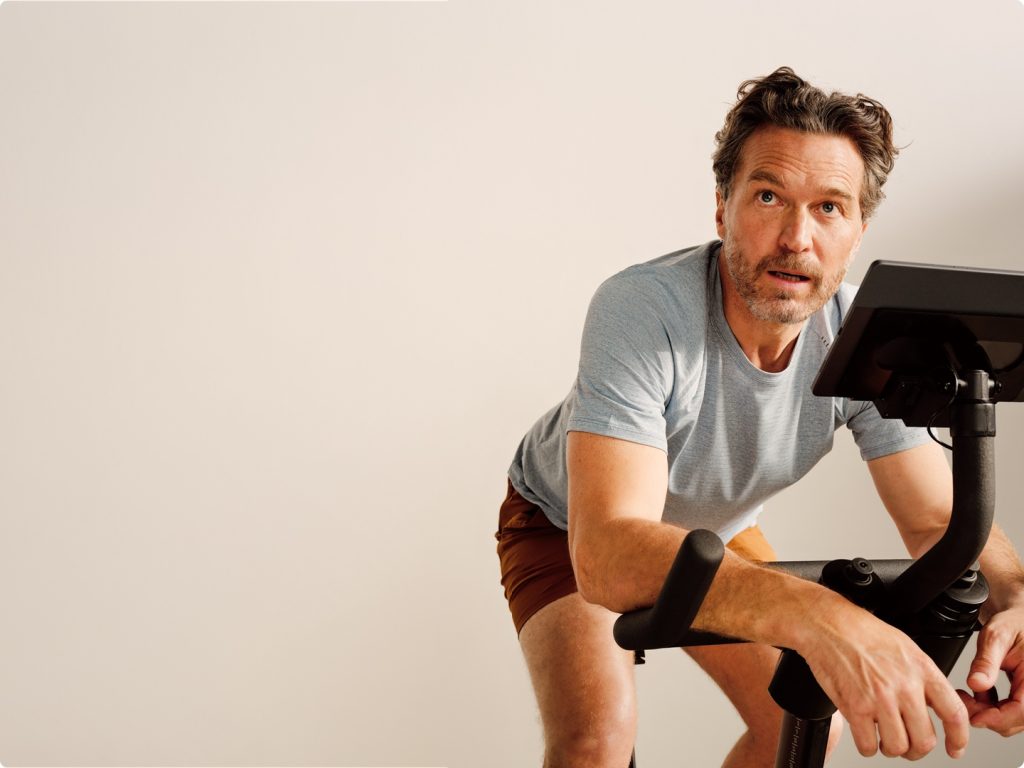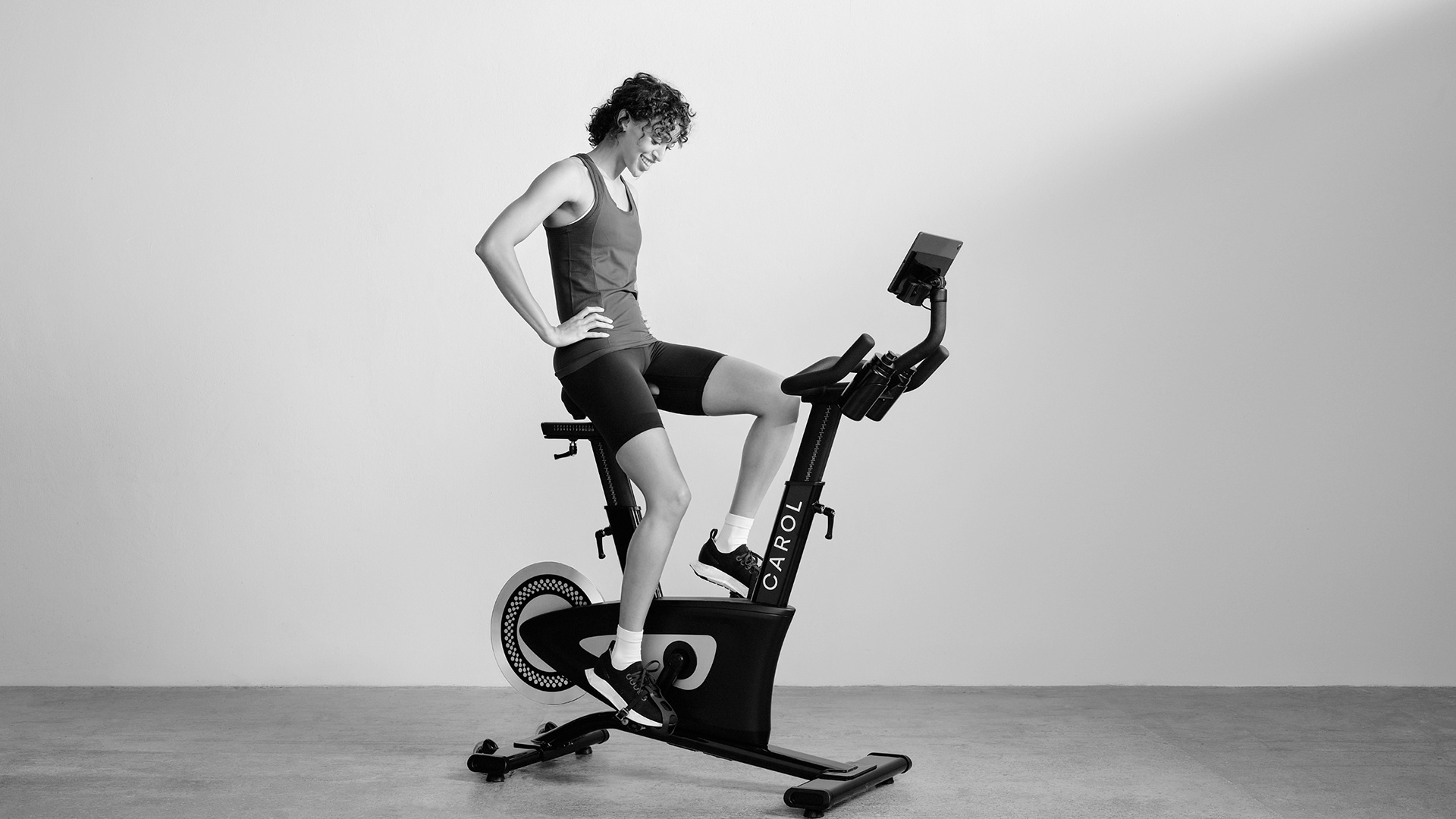Your resting heart rate serves as a valuable indicator of your overall health, physical fitness, and potential health risks. As you engage in regular cardio training, you’ll likely observe a decline in your resting heart rate, signaling improvements in your cardiovascular system. A faster restoration and lower resting heart rate indicate strengthened cardiac function, further contributing to your overall well-being.
What is a normal resting heart rate?
Resting heart rate, also known as pulse rate, measures the number of heartbeats per minute (bpm) when your body is at rest. It serves as a crucial indicator for assessing heart health, determining the appropriate heart rate zone during training, and identifying potential health issues early on.
For adults, a normal heart rate ranges between 60 and 100 beats per minute. It varies from person to person depending on many factors such as age, body weight, emotional state, hormonal changes, and temperature. A lower resting heart rate indicates an enhanced ability to relax, focus, and recover from stress, including intense exercise. Relaxation techniques such as deep breathing are often recommended to keep the heart rate low.
A heart rate above 100, also known as tachycardia, can be a sign of potential cardiovascular disease, anemia, or hormonal problems. Stress, anxiety, sleep deprivation, dehydration, and heavy caffeine and alcohol consumption also contribute to an elevated resting heart rate. People with an increased heart rate often complain about low energy levels, chest pain or discomfort, and reduced blood circulation. A high resting heart rate poses a recognized risk for myocardial ischemia in individuals with coronary artery disease and chronic heart failure.
For safe and effective training that benefits your heart, it’s essential to determine your target heart rate. This involves calculating 2 variables: your maximum heart rate and your heart rate reserve.
To calculate your maximum heart rate you need to use a heart rate monitor or a fitness tracker and do the hardest workout you possibly can, assuming that the number you get is close to your max. Your maximum heart rate plays a major role in setting your aerobic capacity—the amount of oxygen you are able to consume.
Heart rate reserve is the difference between your maximum and resting heart rate. This number can help you better understand your current fitness level and how hard you can push yourself during exercise.
When you know both variables, you can calculate your target heart rate using this formula:
THR = (HRR x % intensity) + RHR
According to the Centers for Disease Control and Prevention, your target heart rate for moderate-intensity physical activity should be between 64% and 76%. For vigorous-intensity physical activity, your target heart rate should be between 77% and 93%. By increasing your maximum heart rate and decreasing your resting heart rate you create a bigger heart rate reserve that you can use during training. This will directly affect your endurance and performance.
Resting heart rate serves as an indicator of a full recovery following training. If your heart rate remains elevated the day after a workout, it signals the need for additional rest to prevent overtraining.

Resting heart rate is a crucial indicator for assessing heart health, determining the appropriate heart rate zone during training, and identifying potential health issues early on.
Health benefits of low resting heart rate
For athletes and individuals engaged in regular sports activities, a resting heart rate below 60 beats per minute is generally considered a healthy range, as opposed to a low resting heart rate, also known as bradycardia, which can pose risks in certain cases.
As you improve your cardiovascular fitness during regular training, your heart muscle grows stronger and needs fewer beats per minute to pump blood. Long-term aerobic exercises lower your heart rate by changing the cardiac structure and function which leads to the “athletic heart” syndrome. Studies have shown that long-term aerobic exercises increase the internal dimension and thickness of the wall of the left ventricle. Another study demonstrated that the aerobic power of runners exercising more than 3 hours per week was 40% higher compared to the group with a sedentary lifestyle.
A trained heart takes less workload to maintain its function, and it can work years longer than an untrained one. A low resting heart rate is associated with a substantially decreased risk of heart disease and cardiac events, like a heart attack.
What type of training lowers resting heart rate
Aerobic exercise surpasses strength training in reducing resting heart rates, as demonstrated by a randomized controlled trial. This 8-week study compared the effects of aerobic, resistance, and combined training on cardiovascular disease risk factors. The results revealed that resting heart rate notably decreased after aerobic and combined training, while no significant change was observed after resistance training alone. However, combined training proves more advantageous for overall cardiovascular health, as it contributes to lowering blood pressure and increasing lean body mass.
Interval training offers superior cardiovascular fitness improvements compared to continuous training, with 2 equally effective variations. High-intensity interval training (HIIT) involves short bursts of high-intensity exercise (usually at 80%—95% peak heart rate), interspersed with rest or low-intensity periods. A single session typically includes 4-10 repetitions.
Another variant, sprint interval training (SIT), consists of brief 20–30-second all-out supramaximal sprints performed at the limit of VO2max and max heart rate. This training approach allows individuals with lower fitness levels to incorporate intervals of vigorous to high-intensity exercise that would be challenging to sustain continuously.
In a study comparing individuals undergoing 8 weeks of HIIT versus moderate-intensity continuous training, researchers discovered that HIIT participants exhibited lower blood pressure and resting heart rate in comparison to the continuous training group.
A comparative study analyzed 3 8-week training protocols: SIT, high-intensity interval aerobic training, and continuous aerobic training. The findings demonstrated substantial improvements in resting heart rate, stroke volume, and left ventricular mass with both types of interval training, while continuous aerobic training did not yield similar results.
HIIT has been shown to not only lower resting heart rate but also improve heart rate variability, a crucial indicator of cardiac health that measures the fluctuation in time between heartbeats. Heart rate variability enables the cardiovascular system to adapt blood flow based on various internal and external factors, including hormone levels, temperature, and stress. Low heart rate variability is often associated with higher resting heart rate and can be indicative of conditions such as diabetes, hypertension, arrhythmia, asthma, anxiety, and depression, making improvements in heart rate variability a valuable outcome of HIIT training.
HIIT challenges the heart and lungs, leading to adaptations in the cardiovascular system. Research indicates that interval training’s superior ability to enhance cardiorespiratory fitness may stem from its capacity to stimulate both central and peripheral adaptations. These adaptations include an elevation in stroke volume (the amount of blood pushed out with each heart pump), as well as increases in mitochondrial content, enzyme activity, and capillary density.
While HIIT and SIT can effectively strengthen your heart within a few weeks, incorporating variety into your training is essential. Some evidence suggests that endurance exercise stretches the size of the left ventricle, which is also called eccentric heart growth. This happens because during high-intensity training the heart pumps blood to the blood vessels so fast that the left ventricle can’t refill completely between contractions. At a slightly lower intensity, the left ventricle fills completely before it contracts, which causes it to grow in capacity and pump more blood with each contraction over time. This promotes long-term heart elasticity. For optimal results, combine multiple HIIT sessions per week with continuous aerobic exercise.

HIIT has been shown to not only lower resting heart rate but also improve heart rate variability, a crucial indicator of cardiac health that measures the fluctuation in time between heartbeats.

CAROL Bike is the only bike fully optimized for REHIT—giving you the most effective workout in just 5-minutes.
REHIT—the most efficient training for your heart health
Reduced Exertion HIIT (REHIT) is a time-efficient alternative to regular HIIT programs. This is the shortest, most effective cardio workout that packs the benefits of interval training into just a 5-minute exercise.
REHIT consists of 2×20-second sprints performed at a supra-maximal intensity that makes your body enter a fight or flight mode. This rapid energy reserve depletion activates physiological adaptations that make your heart muscle significantly stronger. As a result, you develop more mitochondria, your blood plasma volume increases, and your heart gets stronger increasing overall aerobic and anaerobic capacity.
Studies demonstrated that 8 weeks of REHIT elicited more potent, time-efficient improvements in cardiorespiratory fitness and cardiometabolic health when compared to traditional moderate-intensity cardio training. Participants demonstrated a twice greater improvement in cardiorespiratory fitness and a threefold reduction in blood pressure compared to traditional training. According to research, 8 weeks of regular REHIT exercise is the minimum period after which you will be able to get visible improvement in cardiac function.
CAROL Bike is the only bike fully optimized for REHIT— making it simple, effective, and safe. It provides the shortest, most effective workouts suitable for any age and fitness level – while offering greater versatility and choice than most other smart bikes. You will get the most effective workout in just 5 minutes with CAROL Bike – short and easy to fit into your life. REHIT delivers superior health and fitness benefits in 90% less time compared to regular cardio.
Regular exercise is a proven way to lower your heart rate and keep your heart healthy for years. Given that a lack of time is the most popular reason for not exercising regularly, REHIT is the most practical protocol to strengthen your cardiac function and decrease the risk of heart disease. It’s a moment of effort you can always master to build a habit that lasts.

Got a question? Let's book a call.
All our experts have MSCs in Exercise Science, and they’re here to answer your questions. Whether it’s about the science behind CAROL Bike, or general fitness advice, whatever’s on your mind—we’re here for you.


